BOOKS › TV › RADIO › FILM › LETTERS › PUZZLES
Lazy days
Reviews editors: Margaret Bartlett, Maria Hodson
A REQUIEM FOR A DEVON FARM
This tale about male friendship and the devastating impact of disease is moving and heartfelt
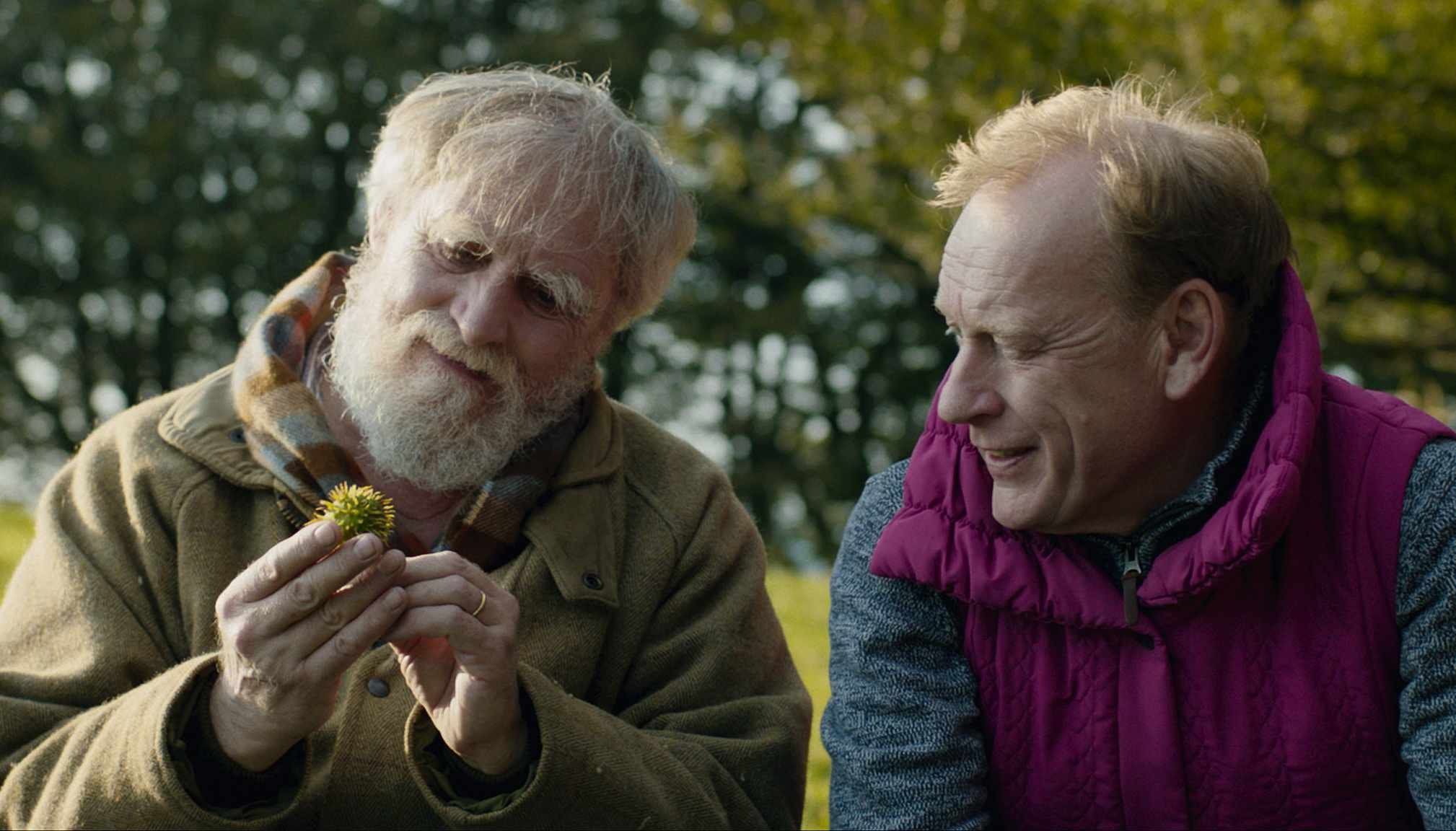
FILM
AND THEN COME THE NIGHTJARS
DIRECTOR: PAUL ROBINSON
RELEASED NATIONWIDE SEPTEMBER
Penned by West Country playwright Bea Roberts, the two-hander And Then Come the Nightjars transfers from stage to screen, along with its lead actors, David Fielder and Nigel Hastings, who brilliantly reprise their roles as farmer Michael and veterinarian Jeffrey.
Set in South Devon against the backdrop of the foot-and-mouth epidemic, the action starts in 2001, when the disease first makes headlines, and we see Michael diligently disinfecting his farm gates to protect his beloved dairy herd. Vet Jeffrey assures him that he has nothing to fear, and their affectionately scoffing relationship is established.
Homespun and sweary Michael is recently widowed and estranged from his son; he is attached to the past, to the continuation of his family’s 200-year-old farm, and to the natural world around him – he knows his cows individually, as well as the birds that pipe in the dawn and dusk. Middle-class alcoholic Jeffrey is in a tricky marriage, has one daughter and a fondness for trivia, although he cannot identify a quail. Against beautiful shots of the Devon countryside, and over a period of many years, their unlikely friendship plays out, though it is violently tested when Michael’s herd must be sacrificed to the gods of foot-and-mouth.
The nightjar is heard early in the story, and its whirring call, along with its folklore associations with death, returns near the end. Whether one would really hear the scrub-loving bird in a dairy farmyard is by the by. Hear it we can, and it seems to both mourn the relentless pace of change while heralding the strength and constancy of friendship.
BOOK
WALKING THE BONES OF BRITAIN
BY CHRISTOPHER SOMERVILLE
TRANSWORLD, £25 (HB)
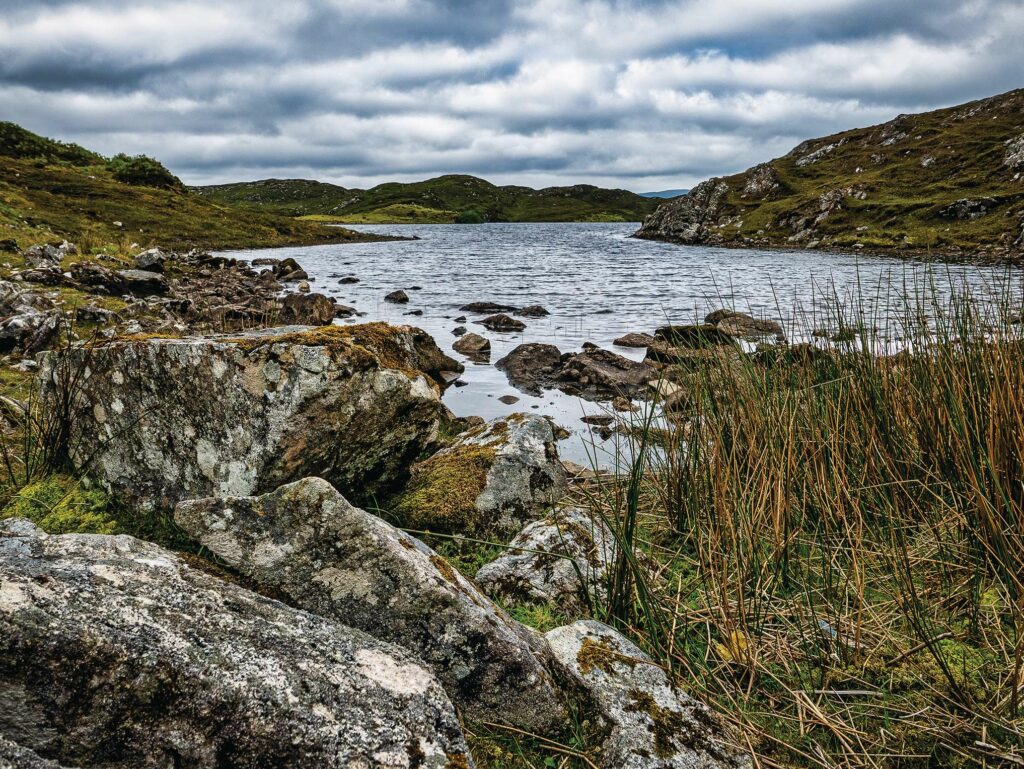
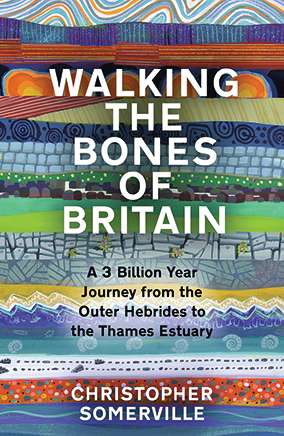
As a child, Christopher Somerville found geology heavy going, and spent his lessons entranced by his teacher’s ear hairs illuminated in the sunlight. As an adult, and a teacher himself, he ripped a geological map of Britain out of the Philips Modern School Atlas, this time entranced by the swirls of colour that represented the different types of rock beneath the surface of these islands.
This mild act of vandalism would come to pay off many years later, when he decided to walk the length of Britain, from the oldest rocks of the Scottish islands to the youngest rocks of the Thames Estuary. As he puts it: “Here I was, a lot older, maybe a touch wiser, and at least no longer afraid of the word ‘orogeny’” (spoiler: orogeny is when two landmasses collide to build mountains).
It is no easy task to translate such a journey through Britain into a book for those who might find geology as challenging as Somerville once did. Yet he moves with ease between different geological epochs and eras of human history. Humans home in and out of view, sometimes significant, sometimes utterly insignificant. Yet always, their stories are embedded in rocks that took millions of years to form, operating on an unimaginably vast timescale beyond human comprehension.
As in all his writing, Somerville provides not only a sense of place, but also a sense of personality. His gentle companionship never dominates the narrative, but he is always ready with an illuminating explanation of something geologically complex and a selfdeprecating sense of humour.
His inclusion of notes made by those who came before him act as a reassuring reminder that walking can be a tiring business for the best of us. He quotes Wainwright: “This section is commonly considered the toughest part of the Pennine Way. It is certainly mucky, often belaboured by rain and wind, and weird and frightening in mist. But cheer up… There is worse to follow.”
Likewise, his recollection of walking with Benny Rothman – who led the mass trespass on Kinder Scout in 1932— reminds us not to take our access for granted. Ultimately, Somerville reaches a conclusion that transcends the classroom geology lessons, transcends even beautiful maps rippling with colour, and is easiest to grasp out among the bones of Britain itself: “Geology is not just about a pile of rocks. Geology is entangled, right down to the roots, with souls and plants, with wind and water, sand and silt, rain and fire, the breathing of a salmon and the crawling of a snail.”
BOOK
THE BOOK OF WILDING
BY ISABELLA TREE
BLOOMSBURY, £35 (HB)
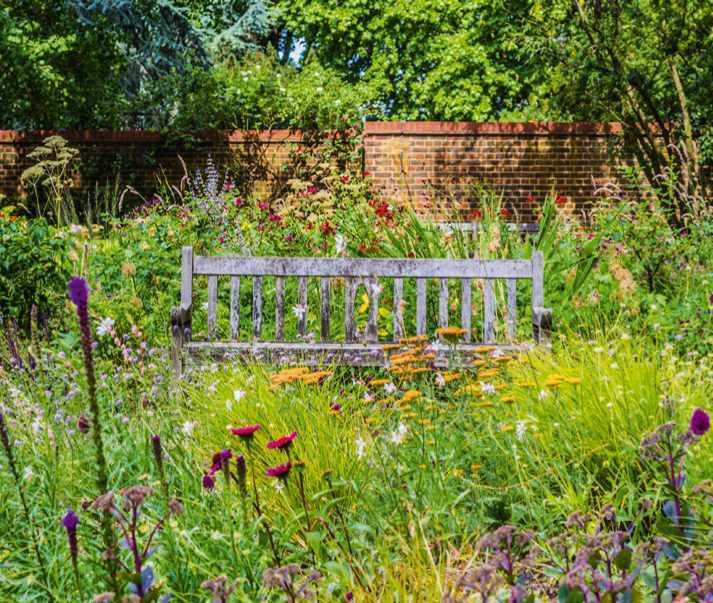
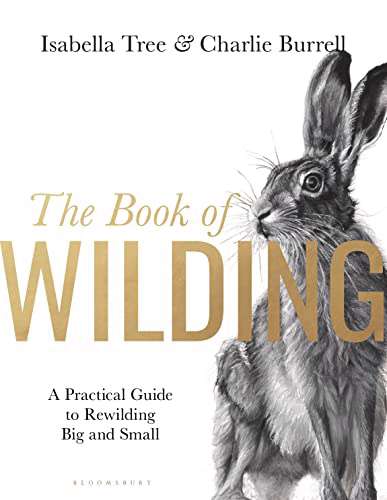
Following the success of Knepp Wildland, there isn’t much that Isabella Tree and Charlie Burrell don’t know about rewilding – its incredible potential, interesting history and extraordinary results. Every mistake they made, lesson they learnt and transformation they witnessed has gone into creating this go-to manual for aspiring rewilders.
The Book of Wilding is a step-by-step guide to the practical application of rewilding across different landscapes. The chapters ‘Rewilding Your Garden’ and ‘Urban Rewilding’ encourage holistic thinking when rewilding; even the smallest piece of land can act as a stepping stone to help rewilding flourish. Habitat complexity and variation is crucial for biodiversity, so these chapters urge bringing that variety found in nature into your garden – for example, imitating the uneven surface of the ground by creating humps and hollows.
Essential reading for any large-scale landowner or manager, large sections focus on the how and why of reintroducing large herbivores and keystone species, such as beavers. Putting nature back in the driving seat is a crucial stage in rewilding.
The picture painted of an alternative, wilder future for our uplands and lowlands will give hope to anyone feeling overwhelmed by the climate and biodiversity crises. I defy anyone to finish The Book of Wilding and not feel inspired to believe that a wilder future is possible and, indeed, within our grasp.
MUSIC
THE COLOUR OF NIGHT
BY NINEBARROW

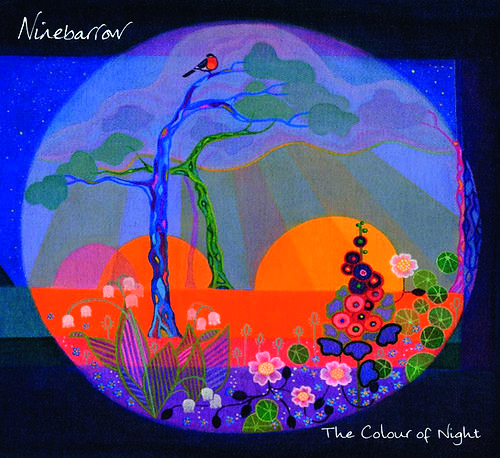
From the moment the warm cello comes in, this album feels personal. It’s the fifth from Jon Whitley and Jay LaBouchardiere of Dorset folk duo Ninebarrow. It draws on material they streamed during lockdown, so don’t expect blazing trails anywhere new. But it’s a deeply meaningful collection, shared in earnest.
Like all good folk albums, there are songs about the beauty of birdsong, merry traditions and pregnant women out of wedlock. ‘The Colour of Night’ is a postcard to all those in dark places, written by Jay at night from their newly planted woodland. ‘Walk With Me’ is a love song that touches with its simplicity. Covering ‘Ride On’ is a brave move, after Christy Moore’s haunting baritone forever defined it. However, their version of Nick Drake’s ‘River Man’ is breathtaking on piano and a real treat.
Ninebarrow’s trademark close harmonies appear on every song, which can feel repetitive. But if you’re looking for something gentle for a sunny day, you’ll love this.
RADIO
OPEN COUNTRY
BBC RADIO FOUR, 7 SEPTEMBER
Nature writer Paul Evans explores the rich folklore and natural history of St Melangell church near Llangynog in Powys in this episode, called Fieldnotes from Eternity. He is inspired by the 2,000-year-old yew trees that grow in the churchyard, and the legend of Saint Melangell, a nun who fled here from Ireland to avoid an arranged marriage.
Q&A
PAVING THE WAY
We talk to Kerri Andrews, editor of the Way Makers anthology
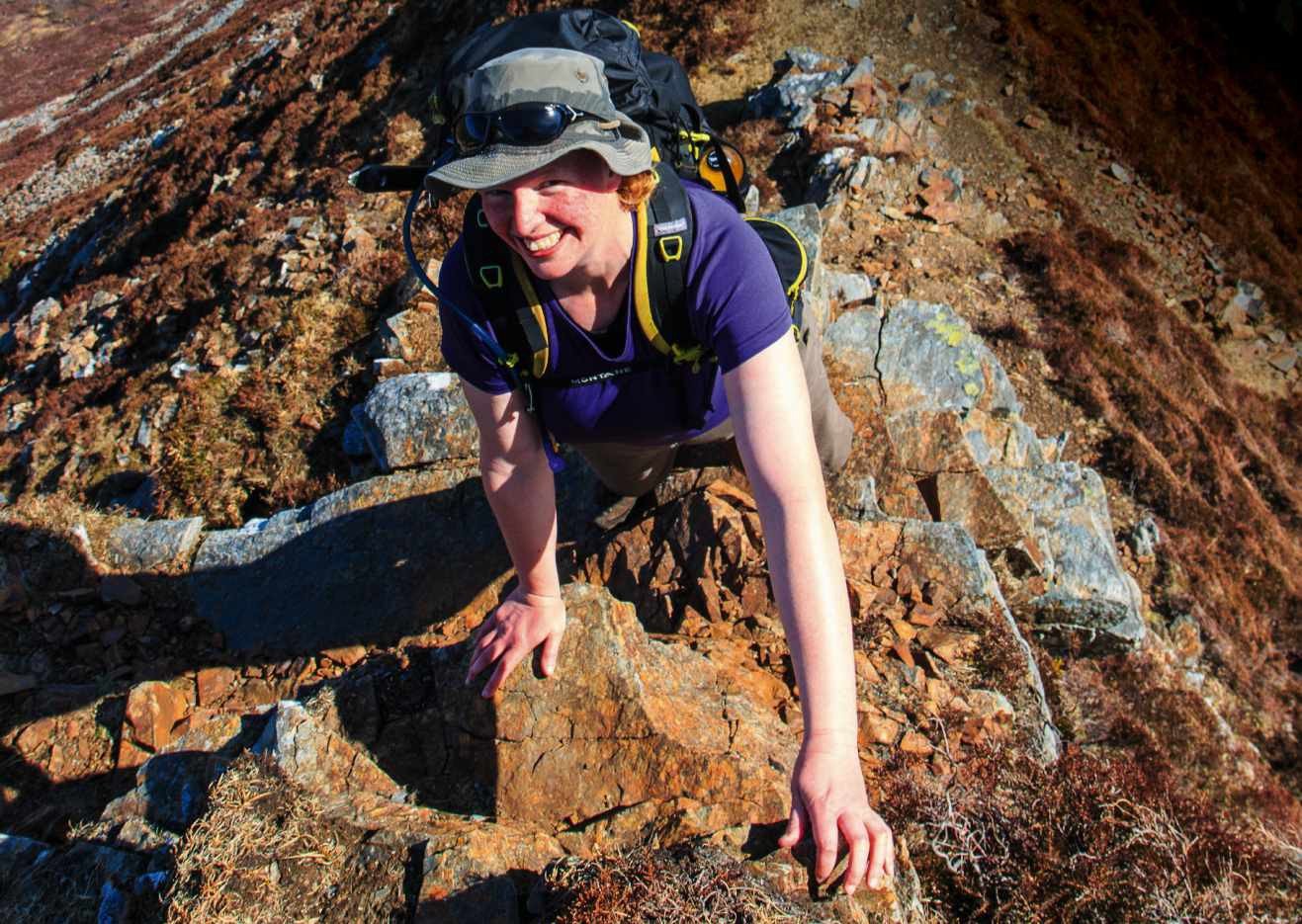
What inspired this anthology of women’s writing about walking?
Women’s writing about walking has been hugely underappreciated and overlooked and for no good reason. I think people have for a long time made assumptions about what women can and cannot do. That’s meant a lot of superb writing has been missed. Way Makers aims to address this by showcasing women’s writing about walking from the last three centuries.
What is the earliest writing about walking that you found?
The earliest I’ve gone back to is the 1740s, but there will almost certainly be writing from before then, waiting to be discovered. Elizabeth Carter, a classicist and gifted translator who is the earliest entry in my anthology, took for granted the fact that she and her friends would roam across Kent in the 1740s, implying that women walking for fun and writing on it had been established for a while.
You write in the introduction “walking can be a metaphor for control in a woman’s life” – what do you mean?
To be able to choose to walk a path is one of the most fundamental aspects of self expression and self determination, whether that path is physical or metaphorical. In Way Makers, writers explore both kinds of path, but the ability to choose to take a particular path is key in both cases. Walking a path is an expression of autonomy, a claim for freedom, even if just for a few minutes.
What is your favourite extract?
One of the extracts I come back to the most is Elizabeth Barrett Browning’s extraordinary description of a young woman asserting her right to choose her own path in her poem Aurora Leigh. Or Mary Shelley’s terrifying description of Frankenstein’s ultimately fatal pursuit of his creature across the world to the icy reaches of the Arctic. Thrilling stuff.
Are you a keen walker yourself?
Very much so. I came to walking late; I was lucky in finding friends who loved walking and took me along, and when I moved to Scotland, I joined a walking group that helped me advance my skills.
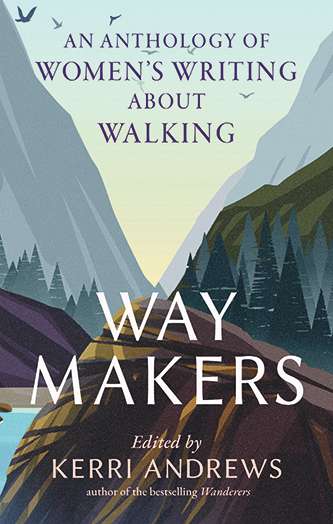
WAY MAKERS BY KERRI ANDREWS: AN ANTHOLOGY OF WOMEN’S WRITING ABOUT WALKING
REAKTION BOOKS, £15.99, AVAILABLE FROM 1 SEPTEMBER